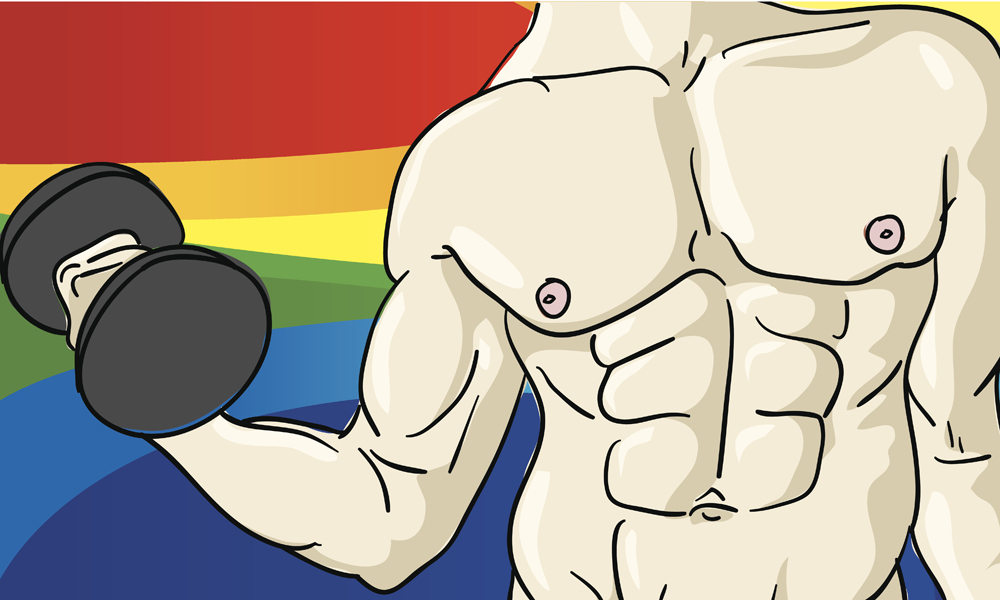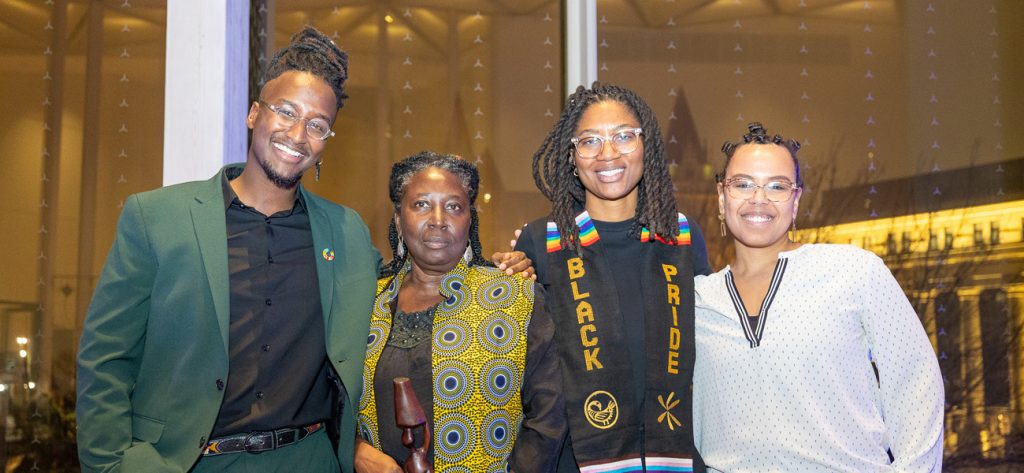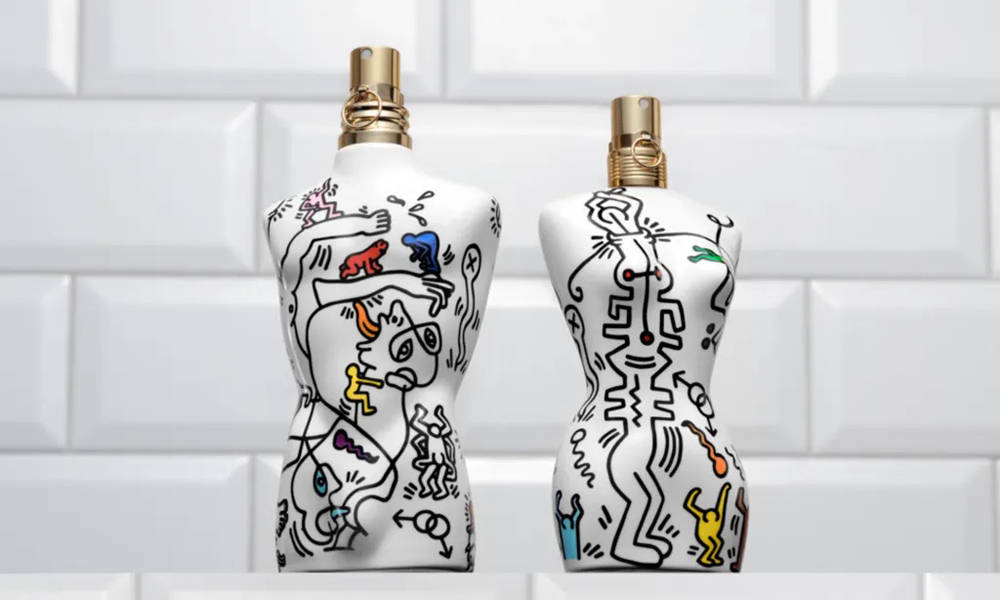This obsession with the perfect body may be making us miserable…
By Fraser Abe
A muscle-bound Adonis, whose handle is something like “TheRealJohnSmith94”, thirst traps in his underwear (you can get a pair just like it with his promo code!), a coffee cup somewhere in the frame. The caption: “Don’t even talk to me before I’ve had my coffee!” Thirty unrelated hashtags and emojis follow.
It’s a common scene on Instagram, especially among the gay community. But what does scrolling through thousands of perfectly buffed and polished (and FaceTuned) bodies do to the average gay man’s self-esteem?
Research shared by the US National Eating Disorders Association shows that gay men represent 42 per cent of males with eating disorders, even though they are thought to represent only five per cent of the male population. A 2016 study in Psychology of Men and Masculinity found that gay men were more likely than straight men to feel pressure from the media to be attractive (58% versus 29%), and to report dissatisfaction with their physical appearance (29% versus 21%) and muscle size/tone (45% versus 30%). Meanwhile, a 2016 study published in the Archives of Sexual Behaviourfound that body dissatisfaction significantly predicted elevated depressive symptoms. So, is everyone miserable, or what? And why?
There are a lot of possible culprits. A study, published in the Archives of Sexual Behaviour in 2018, found that gay and bisexual men consumed greater amounts of sexually explicit material (porn) than straight men, and that more consumption was linked to a more negative body attitude and both depressive and anxious symptoms. The authors of the study are quick not to blame porn, however. In an interview with Vice Magazine, author Jeffrey T. Parsons, a professor at Hunter College and founder of its Center for HIV Educational Studies and Training, said, “We’re very conscious in this study about not being porn-negative. There are a lot of benefits to sexually explicit media. For some gay men, that’s how they learn about sex. For gay men who are not in West Hollywood or New York, who don’t have access to the same number of potential partners, porn can also help them have a more satisfying sexual life.”
Body dysmorphic disorder (BDD) was added to the fifth edition of the Diagnostic and Statistical Manual of Mental Disorders (DSM-5) in 2013, under a section on obsessive-compulsive disorder. Much of the public discussion exists as personal essays on the subject, but a common theme among these is that there is a desire to attain the standard of beauty set by the media (which often places toned, able-bodied, white, cisgender men at the top of the pyramid). Most gay men can recall being mercilessly bullied in the playground for being too femme, too girly, too swishy to play with the other boys, and some may feel that being muscled with eight per cent body fat makes them “masculine.”
Then there are the apps: Grindr, Scruff, Hornet, Chappy…the list goes on. “No fats, no femmes” is a common refrain seen on those, even if couched as “just a preference.” These highly image-focused platforms have been found to increase muscular dissatisfaction and eating disorder symptoms, especially compared to non-image-focused platforms like WordPress. That also includes apps like Instagram, where men like the aforementioned Internet personality display as much flesh as allowed while selling diet teas and their OnlyFans accounts.
The drive to push one’s body to its limits is certainly not new (or confined) to Olympic sports, but US men’s figure skater Adam Rippon took it to extremes in 2016, when he was only eating three slices of whole-grain bread a day topped with tiny dollops of I Can’t Believe It’s Not Butter, all washed down with three cups of coffee, each sweetened with six packs of Splenda. Rippon told the New York Times that the diet “makes me dizzy now to think about.” In the same article, two other male figure skating Olympians, Brian Boitano and Johnny Weir, both out gay men, talked about their history with food restriction. Weir said he’s happiest consuming one meal a day, always before 5 pm, and otherwise drinking coffee. For a treat, a small piece of dark chocolate or a spoon of caviar would do, he said. Boitano said that in competition, he almost never exceeded 1,800 calories a day, even though he expended far more than that. The athletes contend that the caloric restriction is for the sport – but contrast their diets with Olympic swimmer Michael Phelps’ famous 12,000-calorie diet, and one wonders if their status as members of the LGBT community could play a role.
Body issues are not limited to just gay men. One 2016 study, published in the Journal of Adolescent Health, found that trans university students were more likely than cisgender heterosexual women (often seen as the face of eating disorders) to exhibit disordered eating behaviours, including abusing weight loss pills and vomiting. Many (though not all) trans folks report having some degree of gender dysphoria (the feeling of discomfort between the gender assigned to you at birth and the gender you are), and may engage in behaviour to try and force their bodies to change. For trans men, this might include dieting to inhibit breast and hip growth and stop menstruation. For trans women, disordered eating might be perceived as more feminine. Non-binary people may strive to be thin and lanky, like many famous androgynous models.
This season, when summer body memes are in full force (a Google search shows 62 million results), remember to be kind to yourself. Having a body means having a summer body, and the only thing that’s certain about your body is that every day it’s the youngest it will ever be, so enjoy it while you can.
—
FRASER ABE is a Toronto-based writer. His work has been published in Toronto Life, The Globe and Mail, Sharp Magazine, NOW Magazine and more. When he’s not busy writing, he’s shrieking Gia Gunn quotes at his boyfriend, Colin.

Stop Relying On That Body: How LGBT Folks Relate To Their Bodies
Related Articles
Kathy Griffin Is Back On The Road, And Feistier Than Ever
After six years, the award-winning comedian is back on the road for her My Life On The PTSD-List tour, which includes stops across Canada
Photo Gallery: The Enchanté Network’s National Black 2SLGBTQI+ Futures Summit
Highlights from Canada’s largest convening of Black 2SLGBTQI+ leaders and movement makers
Jean Paul Gaultier’s Pride 2024 Perfume Bottles Get The Keith Haring Treatment
Available starting May 15, Jean Paul Gaultier’s “Classique” and “Le Male” Pride bottles honouring the work of Keith Haring will be on shelves for a limited time





POST A COMMENT